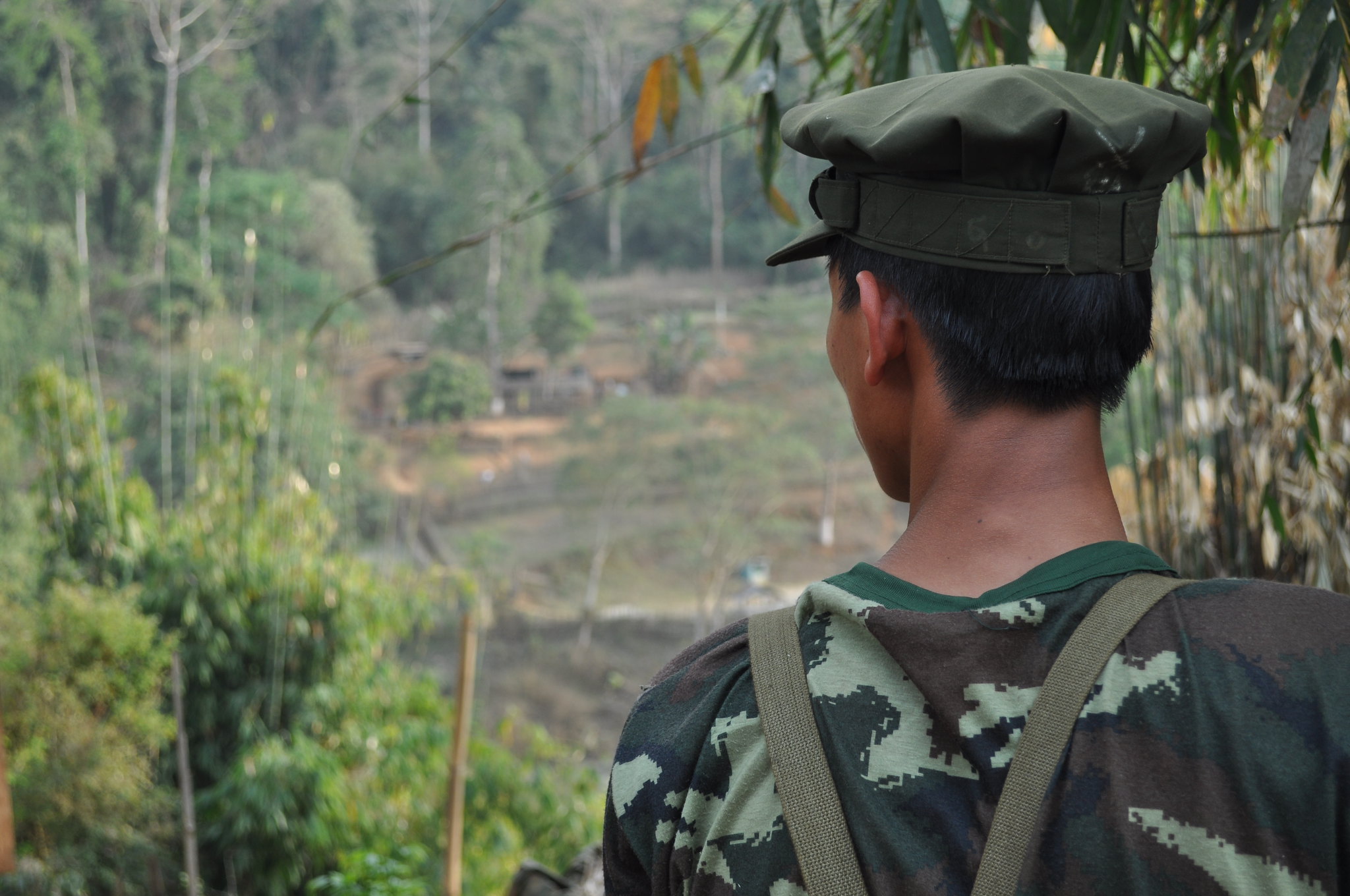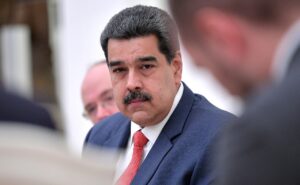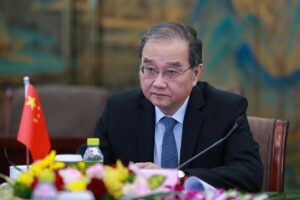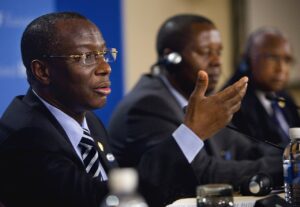In 2011, during democratic reforms, Myanmar’s Thein Sein government launched a peace process featuring frequent formal and informal negotiations that culminated in the October 2015 signing of the Nationwide Ceasefire Accord (NCA) between eight ethnic armed organizations (EAOs) and the central government. Key non-Bamar majority groups in northern Myanmar, however, were not party to the NCA, including seven EAOs with close ties to neighboring China, perpetuating the internal conflict in Myanmar. This fact, in addition to questions of political and economic power-sharing left unanswered by the NCA, means internal reconciliation remains out of grasp — for the entire country of Myanmar as a whole.
The outsized influence and leverage China wields in the Myanmar peace process make investigating Beijing’s mediatory approach in Myanmar and its relationship with key actors essential to charting a path forward. Over the past ten years, China, as a convener, has balanced its approach to EAOs and the Myanmar central government to achieve its interests. Yet questions remain of potential shifts in China’s approach. Does a deepening of China’s relationship with Naypyidaw or greater boldness for State Counsellor Aung Sang Suu Kyi to act in her party’s interest portend a shift in China’s mediation approach? Has Western backlash following the Rohingya crisis affected China’s hand in the conflict in northern Myanmar? Overall, what is China’s role, and what does it mean for the future of peace in Myanmar?
China’s interests in Myanmar
As its southern neighbor sitting at the critical junction between South, East, and Southeast Asia, China has numerous interests in the Myanmar conflict. Uncompromisingly important to China is security and stability along its Myanmar border. China’s bottom-line interest lies in a tranquil border, meaning no war and no conflict. In fact, China’s official intervention in the conflict began in early 2013 when escalation of the Kachin conflict threatened border tranquility; the Chinese government appointed its first special envoy for Asian affairs, Wang Yingfan, to intervene by facilitating dialogue in Yunnan Province between the Kachin Independence Organization and the Myanmar central government and military. China’s intervention also peaked after the Kokang crisis erupted in February 2015, when China resorted to live-fire drills in the aftermath of the shelling of Chinese territory and the death of Chinese civilians. China also has interest in easing the conflict to prevent refugee flows into Chinese territory, as the conflict areas directly abut Yunnan.
China additionally has a strong economic interest in the Myanmar peace process. The China-Myanmar Economic Corridor (CMEC) is the second-largest single-country campaign within the Belt and Road Initiative, with an estimated $2 billion in investment pledged. Large projects such as the China-Myanmar oil and gas pipelines, Ruili-Mandalay railway, and border economic zones like that in Muse are located in the area of the Myanmar conflict. Other major projects such as the Kyaukpyu special economic zone and deep-sea port depend on China’s relationship with the Myanmar central government. Managing the conflict’s effects on current and future Chinese investments in the country is important to the Chinese.
China’s interest in the Myanmar conflict stems not only from geographic and economic factors but also from its larger strategic outlook. First, Myanmar holds great strategic utility as a bridge linking South, East, and Southeast Asia. With transportation and energy linkages through Myanmar, China gains additional access to the Indian Ocean. Second, Myanmar can be seen as a frontier of great-power competition between the U.S. and China. Following the Thein Sein government’s reforms, Western countries were eager to invest and deepen with Myanmar; President Obama visited Myanmar in 2012, constituting the first-ever visit by a U.S. president. While Chinese perceptions of Western closeness with Myanmar have eased since 2017 when the U.S. and European governments condemned Naypyidaw for the Rohingya crisis, Beijing still strives to be the main external actor in the peace process and Myanmar as a whole.
These interests and the fact that many of Myanmar’s EAOs hold territory along the Chinese border make China an undeniably major stakeholder in Myanmar. For China, this creates an impulse — even a need — to mediate the conflict.
China’s relationships with key parties to the Myanmar conflict
China’s approach to the Myanmar conflict is unique in that it has close relationships with both sides of the conflict. As such, China is a natural candidate to build and provide guarantees to a peace deal. To achieve its interests, China strives to maintain the delicate balance of power in Northern Myanmar by managing both its relationship with the Myanmar civil government and military, based in Naypyidaw, and the multiple EAOs close to its border.
China-Naypyidaw
Maintaining a friendly relationship with the Burmese authorities, both the military and civilian government, is essential for China’s goal of stability, economic gain, and strategic value of Myanmar. While points of contention have emerged in the past, such as anti-Chinese sentiment arising from investments in natural resources, the Myanmar-China relationship has solidified in recent years. Bilateral trade between the two countries grew to $17 billion in 2019, and China provides the Myanmar military with arms. It also trains Tatmadaw officers through military education and exchange programs, even as the Tatmadaw may remain suspicious of China’s intentions. Since Naypyidaw’s international isolation following the reemergence of the Rohingya crisis in 2017, China has found itself unopposed in currying favor with Myanmar, at times protecting Naypyidaw’s interests. Within international institutions, China has advocated for its non-interference principle in allowing Naypyidaw to conduct its domestic politics. China has, for example, boycotted talks among UN Security Council members on the issue of the Rohingya.
Within the scope of China’s mediation, the China-Naypyidaw relationship hinges on Naypyidaw’s understanding that, while the peace process may be an internal affair, China has the ability to bring EAOs to the negotiating table. The relationship has allowed for such convening of meetings. In May 2017, after a formal appeal from Aung Sang Suu Kyi to Xi Jinping, special envoy Sun Guoxiang got the various EAOs to attend the second 21st Century Panglong Union Peace Conference. Nevertheless, some within the Burmese military maintain that China’s economic and military relationship with the EAOs is preventing a resolution to the armed conflict. There is therefore some frustration inherent in the Beijing-Naypyidaw relationship that, while a partner in some respects, China is indirectly prolonging the peace process. These dichotomous dynamics introduce a complex relationship between perceptions when confronting China’s mediation of the peace process.
China-EAOs
China has a special relationship with many of the ethnic armed organizations (EAOs) in Northern Myanmar. Stemming from geographic proximity and its belief in its legitimate interests and role in the ethnic regions, China has long engaged with groups like the United Wa State Army (UWSA). The UWSA is the leader of the Federal Political Negotiation and Consultative Committee (FNPCC), the largest negotiating body of the EAOs and China’s recognized political coalition of non-signatories to the National Ceasefire Agreement for negotiation with the Myanmar authorities. This engagement has become more public since 2018 and 2019, when the Special Envoy and ambassador made public, high-profile visits to the border ethnic regions to meet their leaders. For example, Sun Guoxiang has personally visited the capital of Wa State, Panghsang, every January before the Chinese spring festival since 2017 to bring greetings and gifts to the UWSA and its leaders. The UWSA is China’s most important political partner and client in the peace process in Myanmar. The territory administered by the EAO border Yunnan, and cultural ties between the Wa people and Chinese deepen the connection between the two sides.
China, as a supporter and patron, has a level of influence over the EAOs that it could leverage to bring them to the negotiating table, and close groups like the UWSA act as guardians of certain Chinese interests within the conflict. Yet, because of its underlying interest in stability within the conflict, China has opposed escalated direct military attacks against the Tatmadaw conducted by EAOs like the Arakan Army. In balancing its relationship with Naypyidaw, China abides by the Myanmar central government’s designation of terrorist organizations but also urges restraint in its military responses. Beijing prefers to maintain its friendly relations with all groups not engaged in active battle in order to achieve stability. Across divergent EAOs’ demands related to independence or power-sharing mechanisms, China refrains from endorsing and emphasizes the continuation of discussion between EAOs and the central government as part of the “internal process” that China views as the path away from conflict.
China’s active engagements on Myanmar
Since 2010, Chinese diplomats and officials have engaged with many sides of the ongoing conflict in Myanmar, including the central government officials, numerous EAOs in the country’s north, as well as those in Rakhine State. These meetings have taken place in both countries and addressed issues related to both China’s bilateral relationship and to peace and security.
Regular meetings between China’s on-the-ground diplomats have paved the way for important visits from the Chinese president and premier. China’s Special Envoy for Asian Affairs and ambassador to Myanmar have played a large role in the Myanmar conflict, among both the Naypyidaw and EAO sides. Wang Yingfan (王英凡) became the inaugural Special Envoy for Asian Affairs in March 2013 and served until Sun Guoxiang (孙国祥) replaced him in October 2015. Special Envoy Sun is a close confidant of Minister of Foreign Affairs Wang Yi (王毅). China’s ambassador to Myanmar since 2013, Hong Liang (洪亮), has also played an integral role in mediation.
The table below details China’s exact mediation activities to form a complete picture of when and how it has engaged with key actors in the Myanmar conflict.




